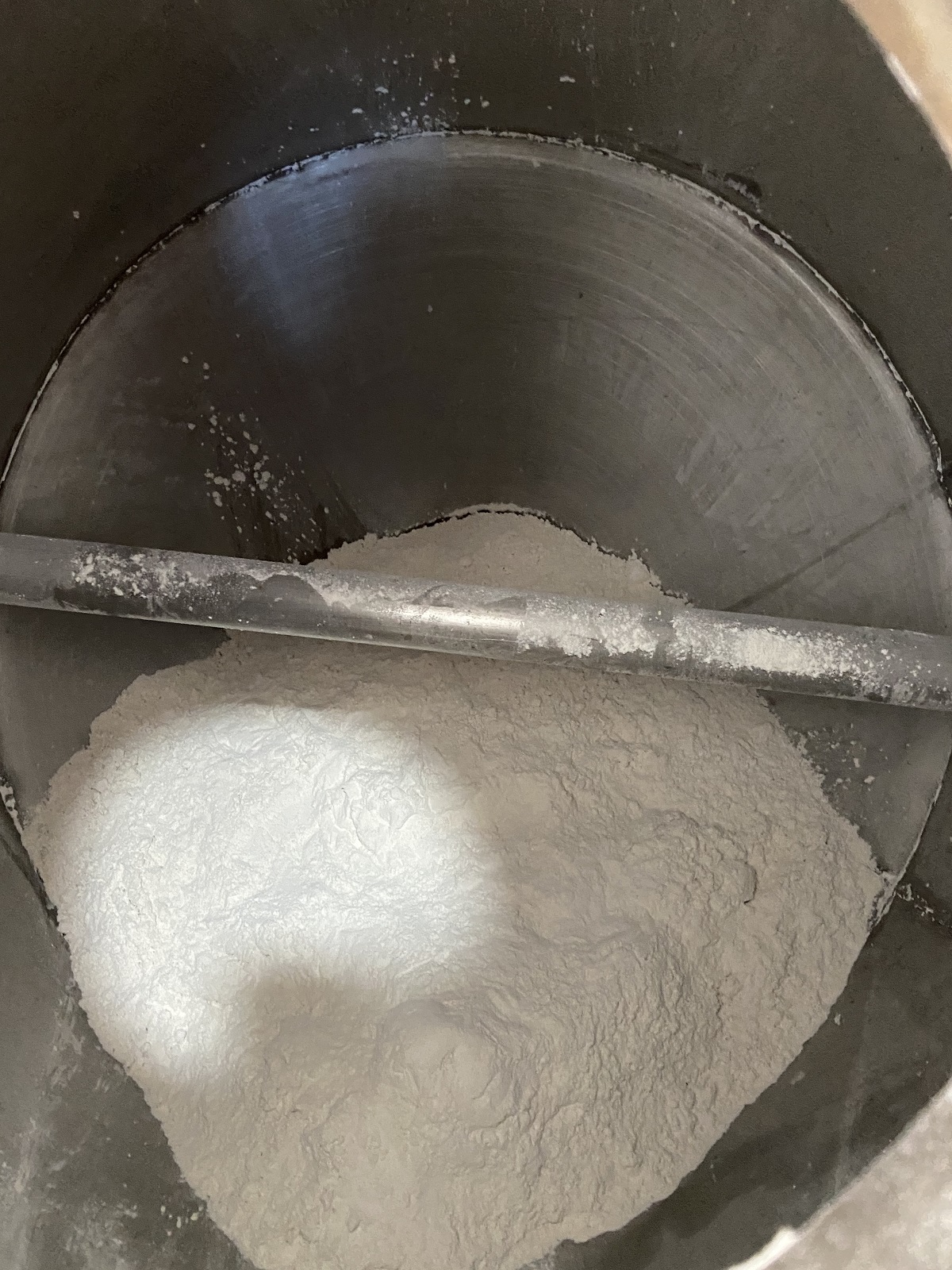
It is estimated that 10% of the world’s population rely on cassava as a staple food. Cassava is one of the world’s most versatile crops, with uses for both food and industry –for example, it can be used to make animal feed, ethanol, or adhesives. As a food, although cassava is probably the most energy-dense of all staples, it is lacking in micronutrients.
A reason for its popularity is that cassava is a relatively drought-resilient crop, and can stay in the ground, once mature, until harvesting for processing or preparation for consumption. Another of its attractions is that it’s affordable, relative to maize and rice. However, where cassava is consumed daily by communities or whole populations with limited dietary diversity, such as in the Republic of Congo, there is an increased risk of micronutrient deficiencies. This has been recognised by the United Nation’s World Food Programme Republic of Congo Office (WFP-RoC) who are interested in supplying fortified cassava flour within their school feeding programmes – principally for the preparation of a fermented cassava product known as fufu (or foufou), a dough cooked with water and consumed with a variety of stews or sauces.
Blended or composite flours, such as wheat and cassava flour, cassava and rice flour (often used as a weaning cereal for babies), maize and wheat, or banana and maize, are usually created to add nutritional balance or to meet desired organoleptic characteristics, such as flavour, texture and colour. In addition to these, the development and utilization of a fortified cassava flour may be viewed as a complementary strategy for consumers to access and contribute towards their daily recommended nutritional intake, and increase diversity of convenient foods, particularly for countries with high levels of undernutrition.
With technical assistance from NRI, the WFP-RoC has taken the lead in developing a new product – fortified cassava flour – produced with added vitamins and essential micronutrients. There are a number of organoleptic and textural characteristics preferred by different communities across cassava fufu-consuming countries. The aim of the international specification is to set targets and tolerances for these attributes, which include acidity (sourness), and aroma and granulation (fineness), reflecting preferences across a diverse set of consumers, thus making the specification adoptable by a greater number of countries.
The project’s technical lead is NRI’s Dr Louise Abayomi, who is also undertaking the validation of portable test kits and will provide capacity building of national laboratories in RoC. NRI’s Dr Corinne Rumney, microbiologist, is supporting the project with sample analyses and validation with an external accredited laboratory in Italy. Storage trials are underway at NRI, examining the stability of the vitamins within the cassava flour matrix in order to establish optimum vitamin and micronutrient addition rates, packaging specification requirements, and thus, shelf-life under particular conditions.
Building on NRI’s commitment to collaborative research with positive impacts for development in this area, this initiative is supporting the development of the industrial cassava flour industry in RoC, which is in its initial stages. The cassava value chain is being supported by the national government more broadly.

